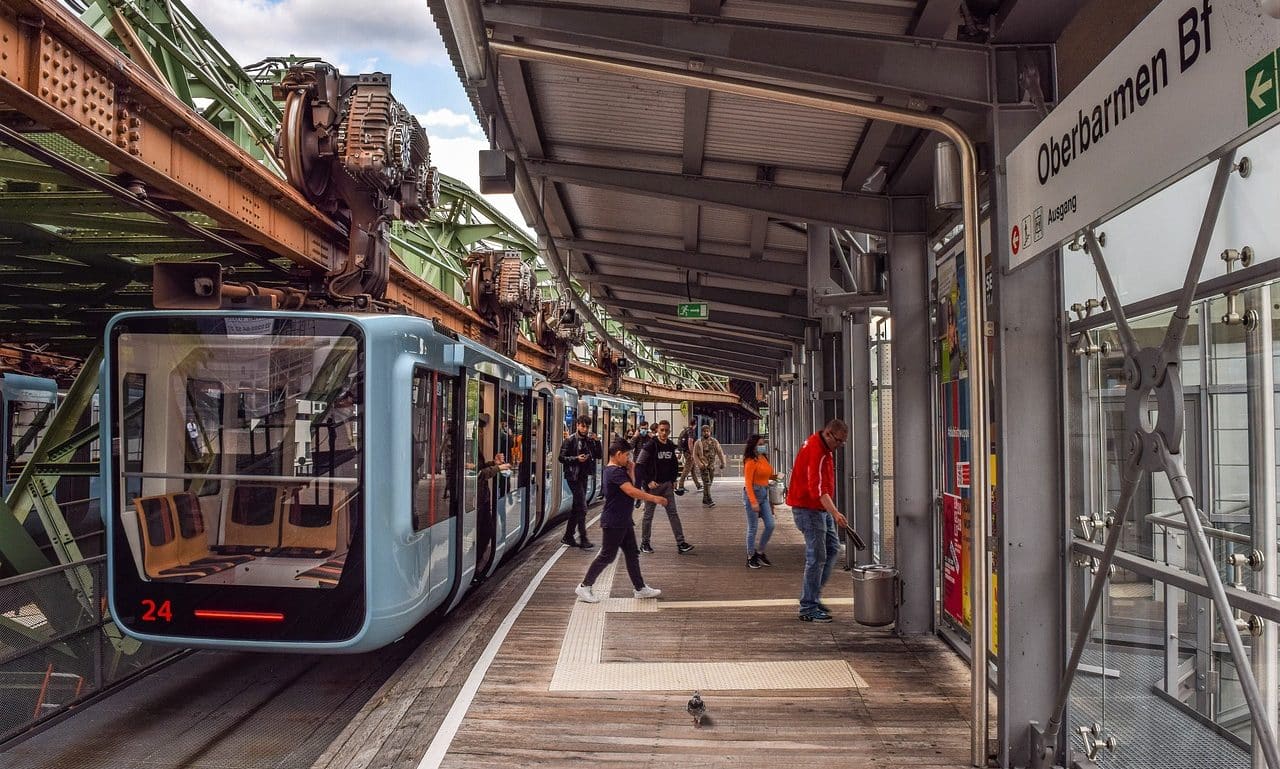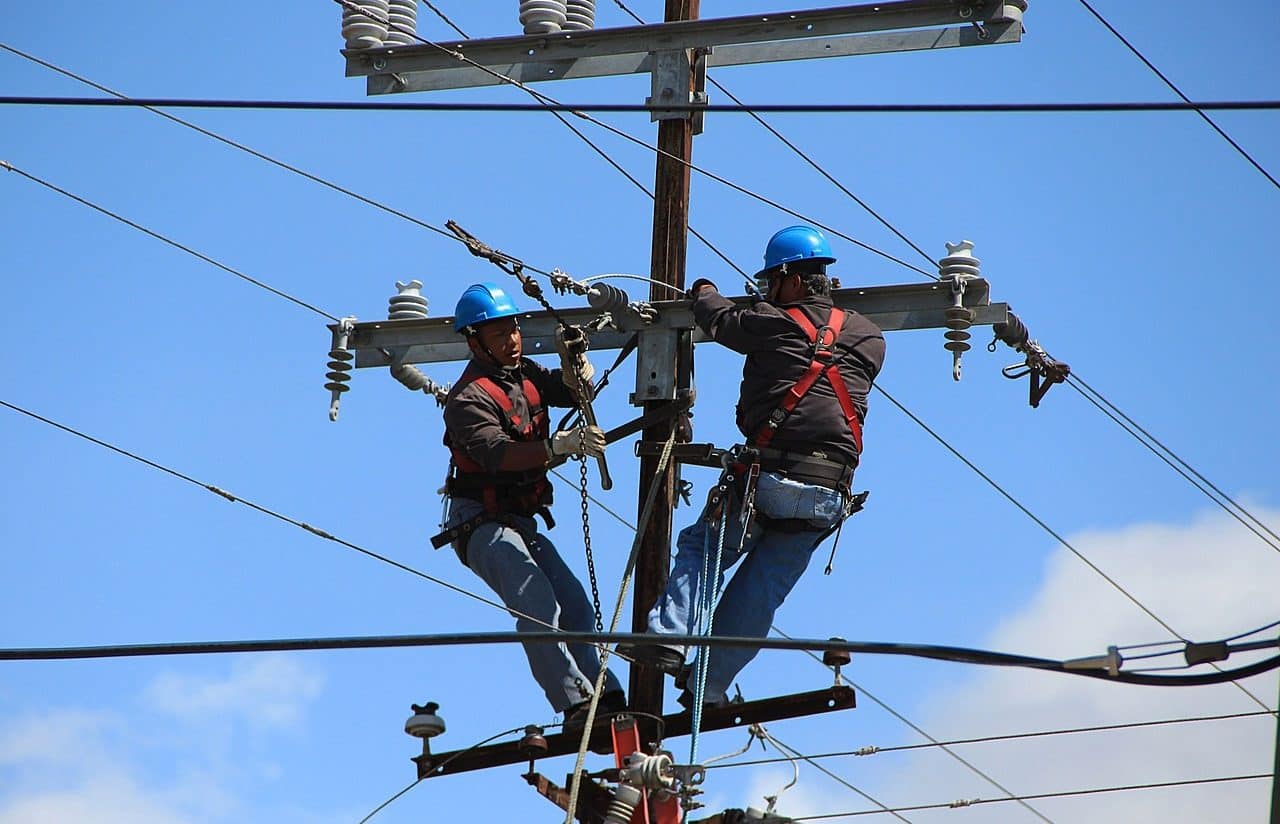
Burying an urban railway reduces the risk of accidents.
Burying is a term associated with the verb to bury . This action consists of bringing something below the surface to hide it or to allow it to develop buried.
For example: "The authorities announced that next year the works to bury the railway will begin" , "The floods occur because the burying of the stream was not done correctly" , "We have consulted several engineers, who confirmed that the burying of the “Highway is the best option to speed up traffic.”
Burial of urban trains
It is common for urban trains to be buried to improve traffic in the most densely populated cities. By burying the railway , the circulation of vehicles is facilitated (they do not have to wait for the train to pass) and the risk of accidents is reduced (by preventing the routes of cars and trains from crossing).
In Argentina , for example, there has been a project for years to bury the Sarmiento line , which crosses a large part of the city of Buenos Aires and some towns in Greater Buenos Aires . Accidents that occur at the more than fifty level crossings of this railway are frequent, so their burial is a constant demand of society .
Railroad undergrounding projects are usually planned in larger cities , which have heavy vehicle traffic. Although it is usually estimated that undergrounding will be beneficial for urban life, the cost of the works and the complications they entail usually delay or cause this type of initiative to be rejected.

Burying wiring improves safety.
About wiring and waste
In addition to railways, other typical elements of cities that undergo underground are wiring networks . As in the previous case, among the main reasons for this measure is the safety of citizens ; Cables that are outdoors can peel, cut and fall on public roads, for example, and put passers-by at risk , something impossible if they are placed underground.
Urban waste collection has also evolved thanks to underground techniques. Some companies offer the installation of containers that have a large part of their structure underground, with different dimensions and characteristics, which adapt to the physical and geographical conditions of each city. These systems have various benefits, some of which are set out below, which facilitate the task of both citizens and collectors:
- They are safer than traditional containers since, for example, there is no risk of waste spilling.
- Its materials are more resistant, which is why they offer greater durability. Faced with the same exposure to sunlight, rain and toxic gases from cars that adhere to their surfaces and deteriorate them, underground containers are less damaged and can be cleaned more easily.
- They facilitate the classification of waste, supporting environmental care.
- They help prevent the formation of unpleasant odors and the accumulation of garbage on public roads, issues that have a positive aesthetic impact while protecting the health of citizens.
- They are less vulnerable to acts of vandalism.
- They can store a greater amount of waste.
- They leave more free space on the streets.
These advantages exist to a greater or lesser extent in each model of underground container, since they are offered with different characteristics depending on the budget and structural possibilities of each city. But there is no doubt that burying urban waste has improved the quality of life of many people, turning walking through the streets into a cleaner and safer experience.
